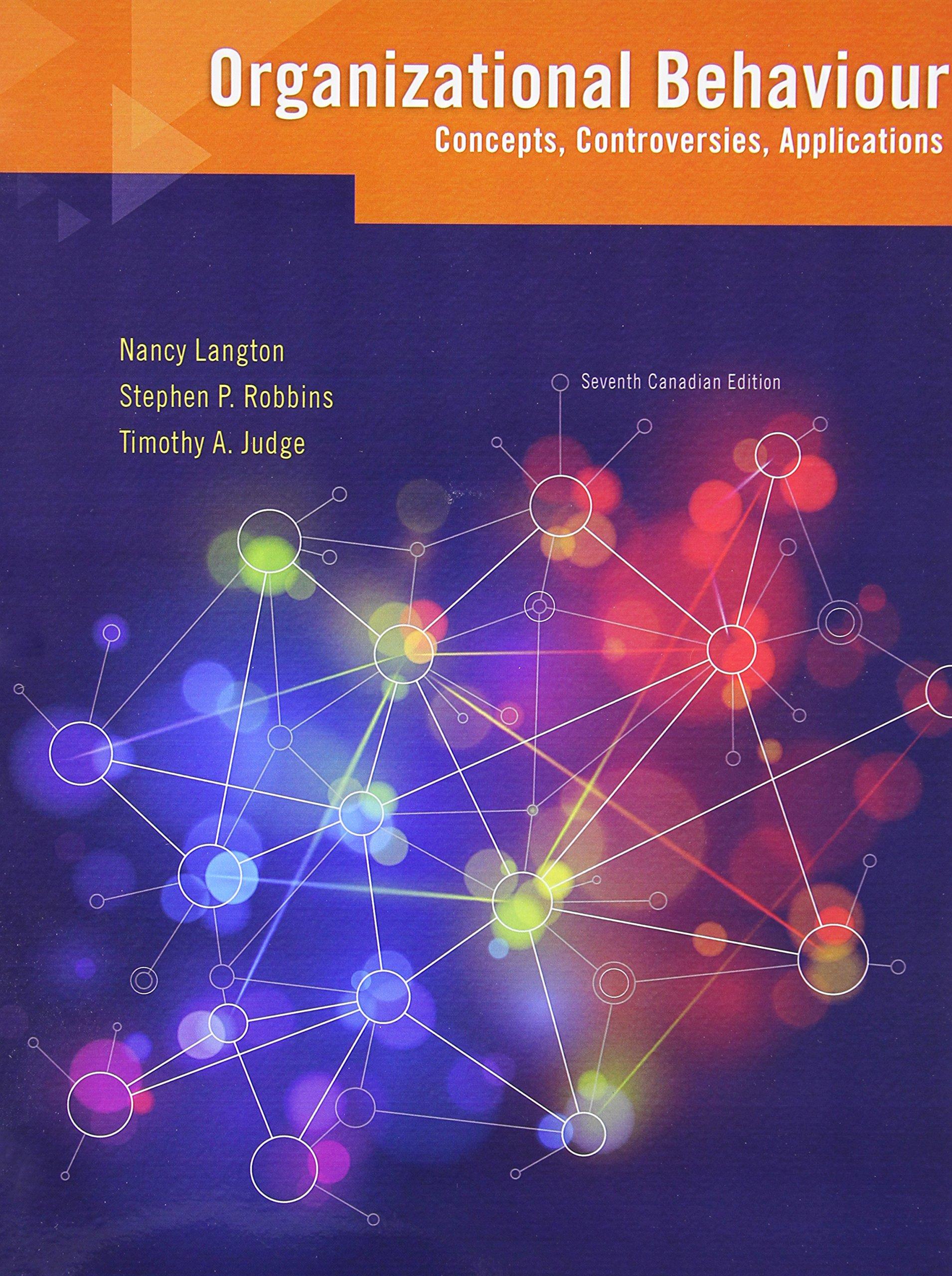As you know, social media have transformed the way we interact. The transparent, rapid-fire communication they make
Question:
As you know, social media have transformed the way we interact. The transparent, rapid-fire communication they make possible means people can spread information about companies more rapidly than ever.
Do organizations understand yet how to use social media effectively? Perhaps not. Recent findings indicated that only 3 out of 10 CEOs in the Fortune 500 have any presence on national social media sites. Many executives are wary of these new technologies because they cannot always control the outcomes of their communications.
However, whether they are directly involved with social media or not, companies should recognize that these messages are out there, so it behooves them to make their voices heard. Some experts say social media tools improve productivity because they keep employees connected to their companies during nonoffice hours. As well, social media can be an important way to learn about emerging trends. André Schneider, chief operating officer of the World Economic Forum, uses feedback from LinkedIn discussion groups and Facebook friends to discover emerging trends and issues worldwide. Padmasree Warrior, chief technology officer of Cisco, has used social media to refine her presentations before a “test” audience.
The first step in developing a social media strategy is establishing a brand for your communications—define what you want your social media presence to express.
Experts recommend that companies begin their social media strategy by leveraging their internal corporate networks to test their strategy in a medium that’s easier to control. Most companies already have the technology to use social media through their corporate websites.
Begin by using these platforms for communicating with employees and facilitating social networks for general information sharing. As social networking expert Soumitra Dutta from Insead notes, “My advice is to build your audience slowly and be selective about your contacts.”
Despite the potential advantages, organizations also need to be aware of significant drawbacks to social media.
First, it’s very difficult to control social media communications.
Microsoft found this out when the professional blogger it hired spent more time promoting himself than getting positive information out about the company.
Second, important intellectual capital might leak out.
Companies need to establish very clear policies and procedures to ensure that sensitive information about ongoing corporate strategies is not disseminated via social media.
Finally, managers should maintain motivation and interest beyond their initial forays into social media. A site that is rarely updated can send a very negative message about the organization’s level of engagement with the world.
Questions
1. Do you think organizations need to have a social media presence today? Are the drawbacks sufficient to make you think it’s better for them to avoid certain media?
2. What features would you look for in a social media outlet? What types of information would you avoid making part of your social media strategy?
3. What do you think is the future direction of social media? How might emerging technologies change them?
Step by Step Answer:

Organizational Behaviour Concepts Controversies Applications
ISBN: 9780134048901
7th Canadian Edition
Authors: Nancy Langton, Stephen P. Robbins, Timothy A. Judge





